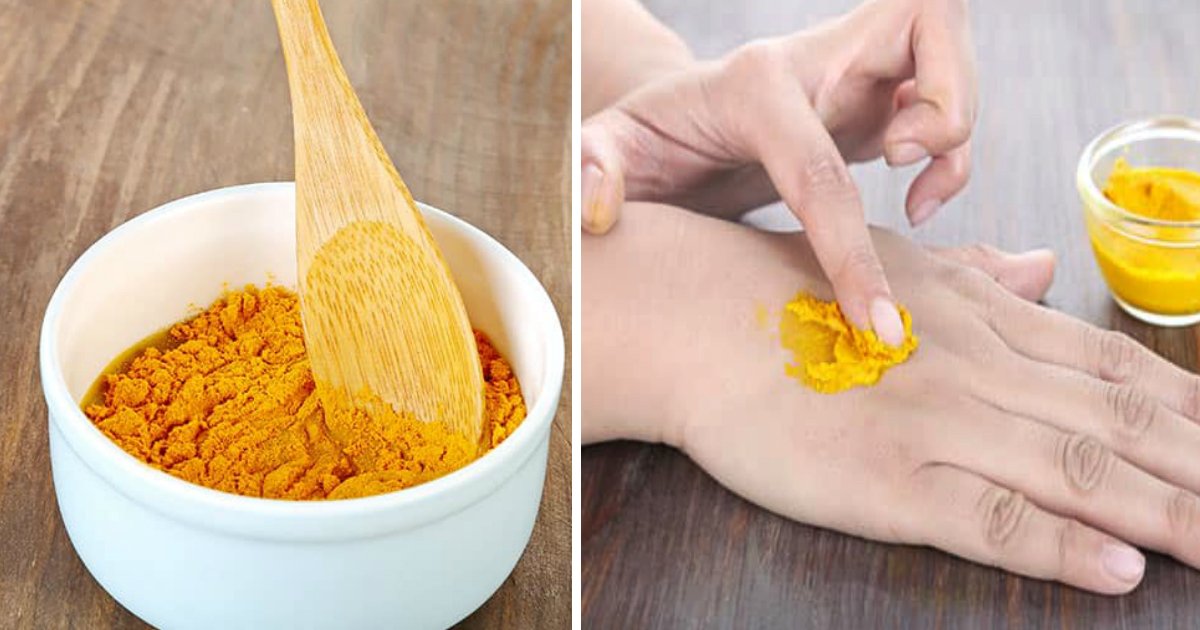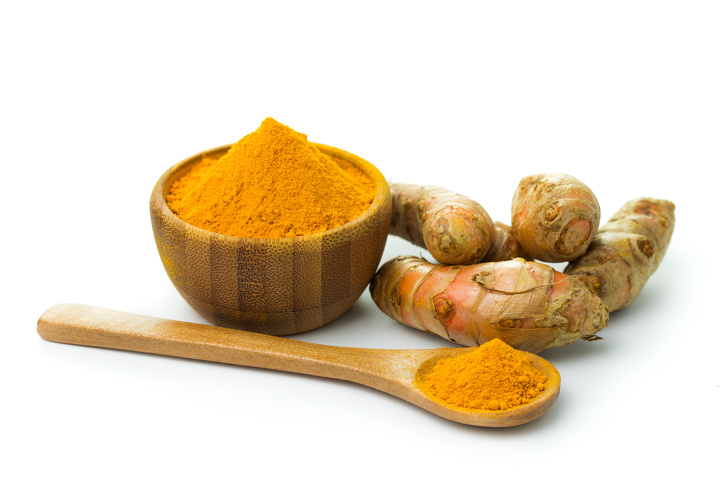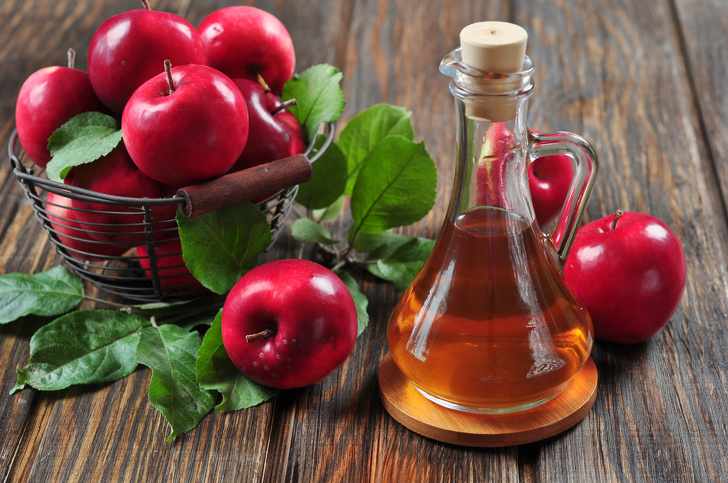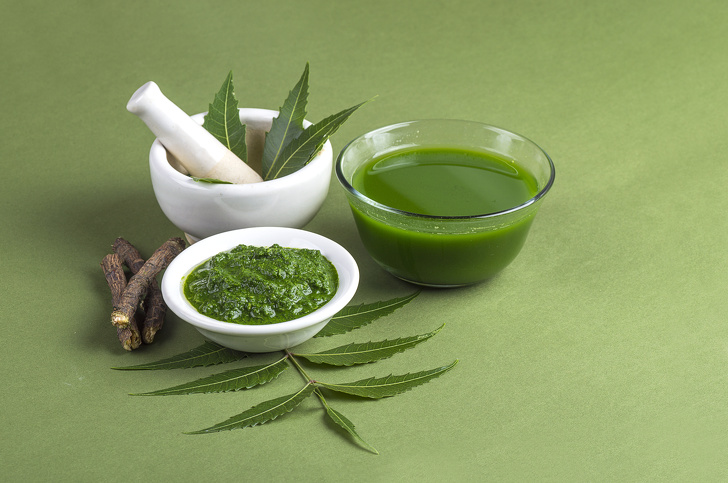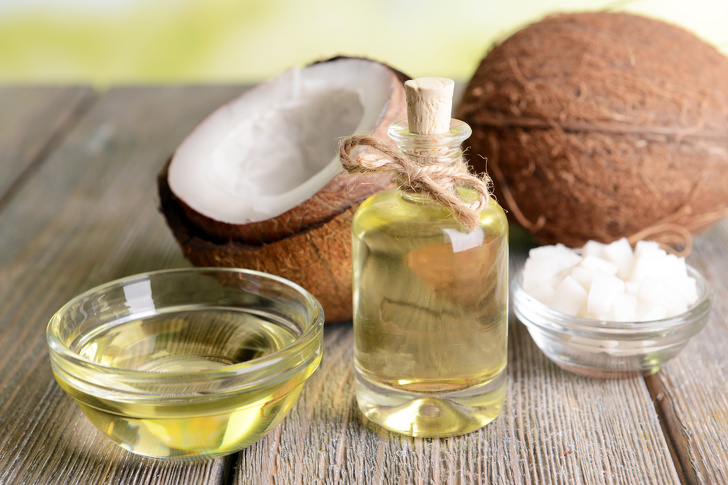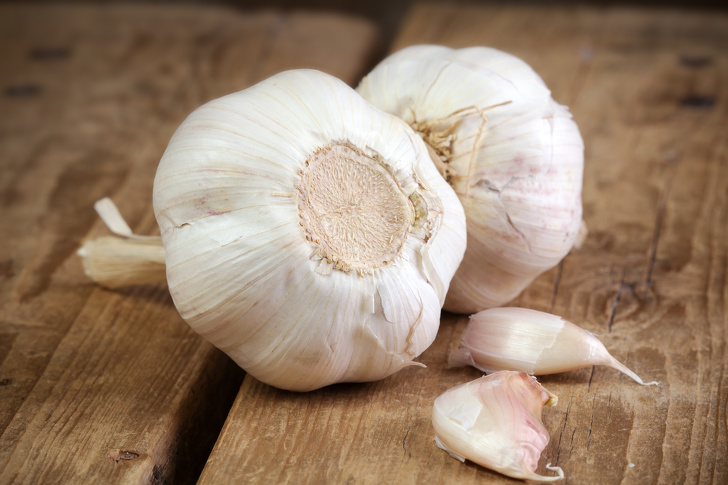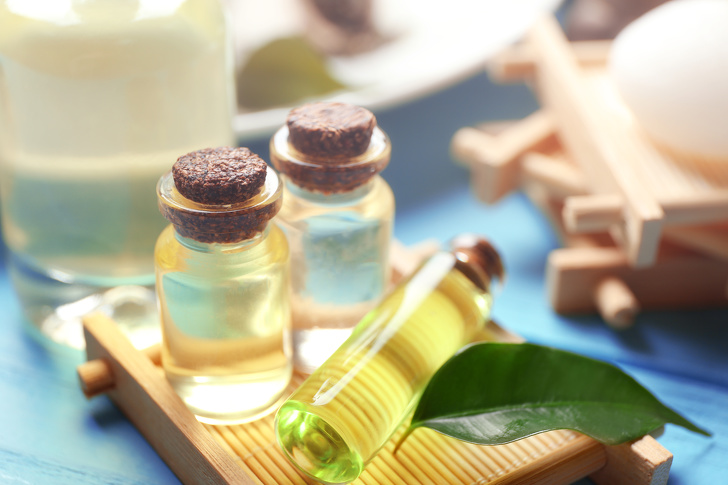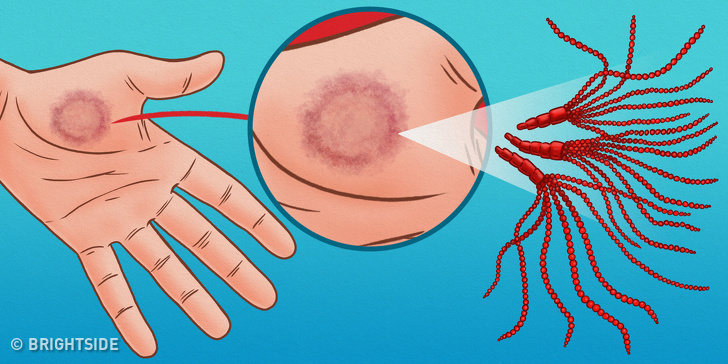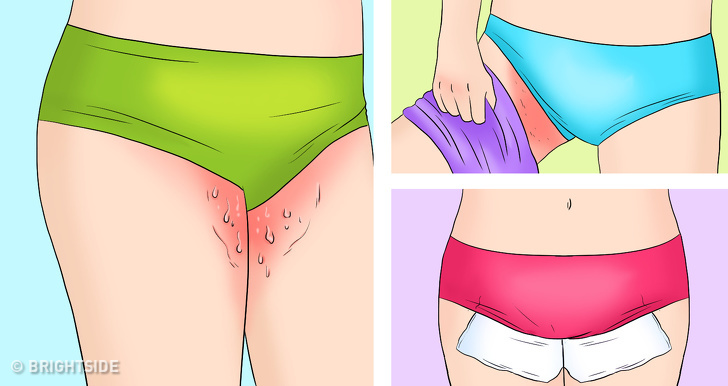Ringworm, also known as Dermatophytosis, is a highly contagious form of skin fungus, and according to the Center for Disease Control and Prevention (CDC), over 700,000 people visit the doctor annually with concerns regarding ringworm. Thousands of those infected do not seek treatment, so keep on reading to make sure that you know what to do if you should ever come across this kind of situation in the future.
Here at Smalljoys, we’ve gathered a list of some remedies you can use right at home. It’s important to keep in mind that despite the fact that each of these remedies is well-researched, you should still consult a doctor before you begin treating ringworm at home. If you have a history of skin or fungal infections, schedule an appointment with a dermatologist.
1. Turmeric
Turmeric is known for its anti-inflammatory properties. A component present in turmeric called curcumin is believed to have anti-microbial properties.
How to use:
- Use the turmeric in tea or use it in your meal preparation.
- Using the turmeric directly will be more effective on the fungal infections.
- Mix it with water or coconut oil and apply the paste on the infected area.
- Leave it for as long as possible before rinsing it off.
Note: The application of turmeric can make your skin appear yellow, but don’t worry as it fades away in a few days.
2. Apple Cider Vinegar
The anti-fungal properties of apple cider vinegar can help you treat the itchiness and dryness of your ringworm. The content in the unfiltered apple cider vinegar regulates the yeast growth by neutralizing the pH.
How to use:
- Apply the apple cider vinegar on the infected area using a cotton ball soaked in it.
- Repeat the process up to 3 times daily.
- Rinse it off after 15 minutes if you’re going out or if the infection is in an area that gets sweaty.
3. Neem Leaf Extracts
Azadirachta indica, also known as “Neem” by the native Indians, has been considered to be the ultimate antifungal and natural detoxifier in India for hundreds of years. The extract of the Azadirachta indica is capable of removing major pathogens and dermophytes from your skin.
How to use:
- Boil the neem leaves in water for a few minutes.
- Wash the infected area using the water.
- Do not boil it for too long or use the neem leaves directly on the infection as it might cause irritation on the skin.
4. Coconut Oil
Coconut oil contains a certain amount of fatty acids that help with the infection by damaging the cell membranes of the fungus. Coconut oil can be an effective remedy only in the case of mild and moderate skin infections.
How to use:
- Apply the coconut oil to the infected area 3 times per day.
- Use it for some weeks even after the infection is gone and applying the coconut oil as a moisturizer may be an effective way to prevent any future infections.
5. Oregano Oil
Oregano oil (specifically wild oregano (Origanum vulgare) contains thymol and carvacrol that can stop the growth of fungus.
How to use:
- Always use the diluted oregano oil on the infected area.
- Apply it up to 3 times daily.
Note: Make sure you get wild oregano (Origanum Vulgare) oil as a majority of the oregano oil on the market has common oregano (Origanum marjoram).
6. Garlic
Garlic is the most common idea of treating infections in almost every household. Garlic can be effective against ringworm, as well as against Trichophyton, Torulopsis, Candida, and Cryptococcus.
How to use:
- Do not apply the raw garlic paste directly on the fungus. It can cause irritation for hours.
- Mix the garlic paste with olive oil or coconut oil.
- Apply a thin coating of the paste to the infected area using a cotton ball or a clean piece of clothing.
- Keep it on for 2 hours before you rinse it off.
- Repeat it twice daily, until you see improvement.
7. Tea Tree Oil
Native Australians have believed in the antibacterial and anti-fungal properties of tea tree oil for a century now. Nowadays, it’s a commonly used product that’s effective in the treatment of fungal infection. It detoxifies the infected area and reduces inflammation.
How to use:
- Make a 2% dilution of tea tree oil with coconut oil.
- Apply it 3 times daily to the infected area.
Note: If you do not have sensitive skin, you can use it directly on the infected area.
Precautions:
These precautions are recommended by the Center for Disease Control and Prevention.
- Keep your skin clean and dry.
- Wear shoes that allow air to circulate freely around your feet.
- Try to avoid places like communal showers and changing rooms. If you don’t have a choice, make sure that you wear appropriate footwear.
- Change socks and underwear daily.
- Don’t go out in the tight clothes on a hot day.
- Avoid sharing stuff like towels, socks, underwears, bedsheets, etc.
- Make sure you wash your hands after you touch an animal.
- Take a shower right after exercising.
- Keep your fingers and toenails clipped and clean.
What to do if you’re already infected:
- Try to keep the skin as dry and as clean as possible. Use a soft towel to clean it and make sure you don’t use that same towel again on any other body parts.
- Avoid wearing tight jeans, pants or underwear. Use a fabric that doesn’t irritate the skin. Loose clothes and higher quality fabric reduces friction if the infection is between the thighs or in the armpits.
- In case you can’t avoid wearing tight jeans or suitable fabric, put handmade cotton pads between the thighs or under the armpits. It reduces the friction and irritation.
- We know it itches a lot but try to avoid any sort of scratching since it worsens the infection.
- Don’t use perfumes or washing agents on your clothes when you’re infected as they might irritate your skin even more.
- Change your clothes daily and clean the infected area twice or three times a day at least.
When to see a doctor:
Even in the most severe cases of the ringworm, it goes away in 2 weeks to 20 days. But if it doesn’t go away even after the suggested time period, see a doctor immediately.
Illustrated by Oleg Guta and Natalia Tylosova


